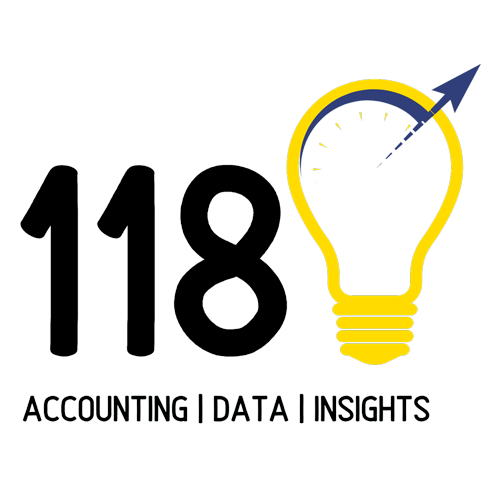Better quality accounting data to support decision making
Can you log into your accounting system right now and answer the following questions:
- What was your profit last month/last quarter/last year?
- How much cash do you have available, and how much is tied up in accounts receivable?
- Who do you need to pay this month, by when and how much?
- Can you effectively manage your cashflow ? Cashflow advice for small businesses
- Do your assets exceed your liabilities?
If not, how will you know if you are able to afford another employee or whether you will be able to pay salaries at the end of the month? How will you be able to decide if you should finance a vehicle for 36/48/72 months?
Making decisions for your business involves gathering information, assessing alternative options, and selecting the option that best serves your business.
The question is, are you looking at the right information and is it good quality? Making a decision based on the wrong or incomplete information will have a substantial negative impact on your business.
“What you put in is what you get out” or GIGO “Garbage in Garbage Out”. Not only is this relevant to the computing and coding industry, but also to the accounting in your business.
When it comes to getting the right financial information to support your decision-making process, you want to make sure that you are looking at up to date data that is accounted for correctly.
In order to achieve this, there are 3 key items that need to be kept up to date:
- Your bank account should reconciled to your accounting system (at the very least, on a monthly basis).
- This should include matching payments received to customer invoices, payments made to supplier invoices, and allocating expenses to the correct expense categories like salaries & wages or monthly bank charges;
- The higher the frequency of reconciliation, the more up to date your accounting records will be – from having an accurate view of outstanding invoices to what bills still need to be paid, to how much you may owe on a loan account.
- Invoices should be raised and sent to your clients as soon as possible.
- The faster you issue your invoices, the faster your will get paid. If your service is front of mind when your client receives your invoice, the more likely your client will be to pay immediately.
- You also decrease the risk of missing or forgetting to invoice for work completed.
- Capture supplier bills as soon as possible after you receive them;
- You reduce the risk missing payment deadlines and your account or services being blocked;
- You will also benefit by having a have a view of your short-term cash commitments.
Now that you have up to date and better-quality financial information, you will be able to make better informed decisions.
Getting the above right can seem like a daunting task however – having access to the right accounting software and digital technology can make it seamless, and much easier that you can imagine. If you are wondering how – Book a Discovery Call

